Caving Knot Guidance
Underground exploration requires specialized rope techniques to navigate vertical shafts, tight passages, and water obstacles. These 14 essential knots will help cavers safely traverse challenging underground environments while maintaining critical safety systems in wet, muddy, and abrasive conditions.
1. Essential Loop Knots
These knots create secure loops that maintain integrity in wet and muddy cave environments. They're crucial for rigging anchors, creating attachment points for carabiners, and establishing safety systems in vertical cave sections.
Recommended Knots
2. End-of-Rope Loops
These specialized loops tied at the rope's end provide secure connection points for SRT (Single Rope Technique) setups and emergency harness attachments. They maintain strength even when coated with cave mud and can be untied after heavy loading.
Recommended Knots
3. Rope Connection Knots
Essential for joining ropes during deep cave expeditions or creating rescue systems. These knots maintain strength when wet and don't easily catch on rock protrusions during rope retrieval through tight passages.
Recommended Knots
4. Anchor and Attachment Knots
These knots secure ropes to natural and artificial anchor points in cave environments where stability is critical. They're designed to distribute load evenly and resist slippage on wet rock surfaces and muddy conditions.
Recommended Knots
5. Friction Hitches
Essential for ascending, descending, and creating safety backups in vertical cave systems. These knots grip when loaded but can be adjusted when tension is released, allowing for controlled movement on muddy or icy ropes.
Recommended Knots
All Caving Knots
A complete collection of knots commonly used in caving activities.
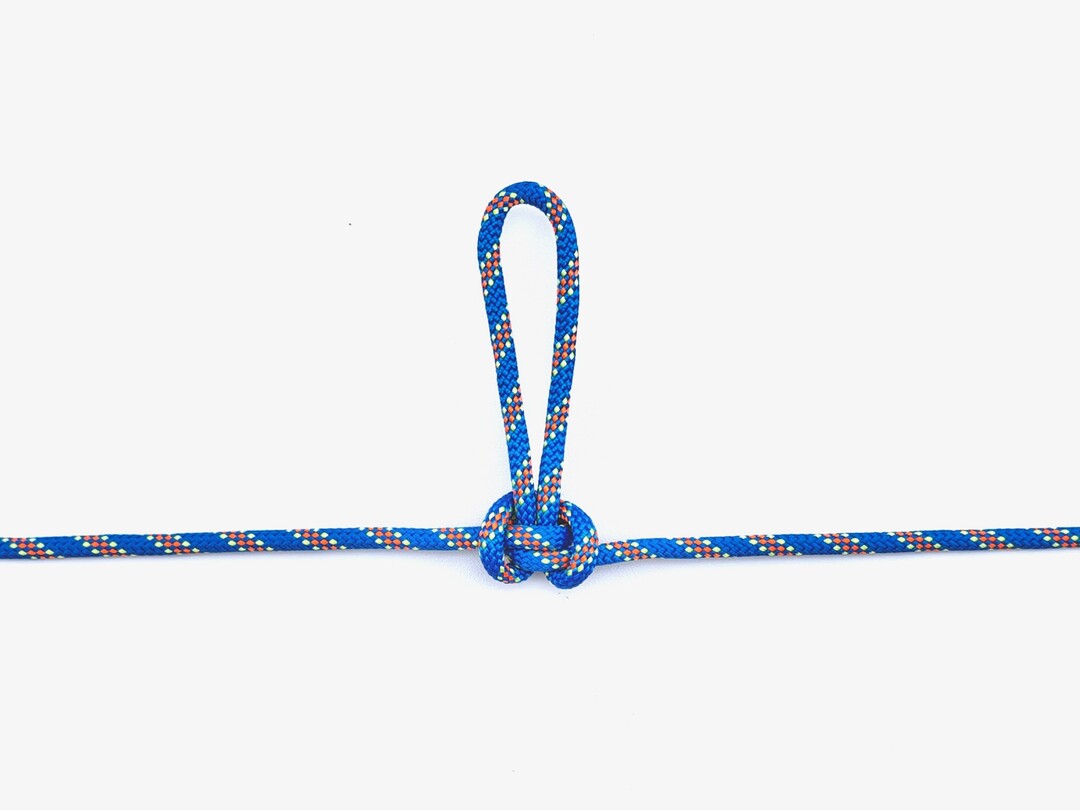
Alpine Butterfly Loop
Secure mid-rope loop for climbing and rescue
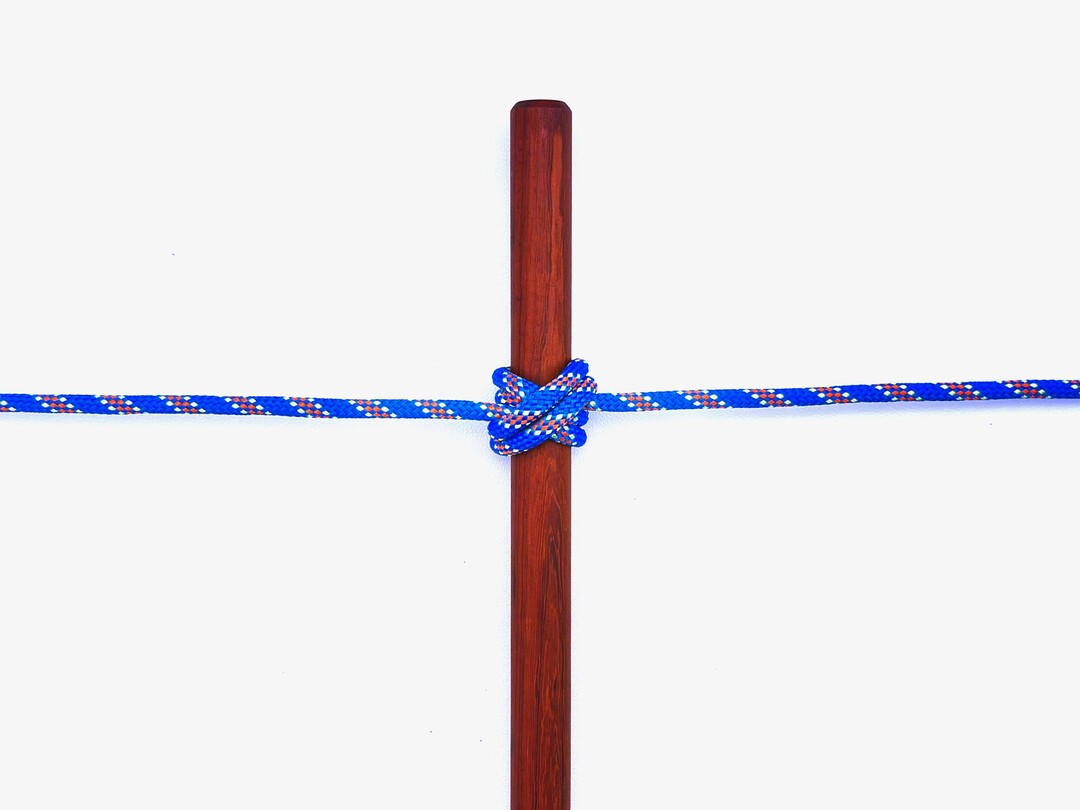
Boa Knot
Decorative and secure binding for cylindrical objects
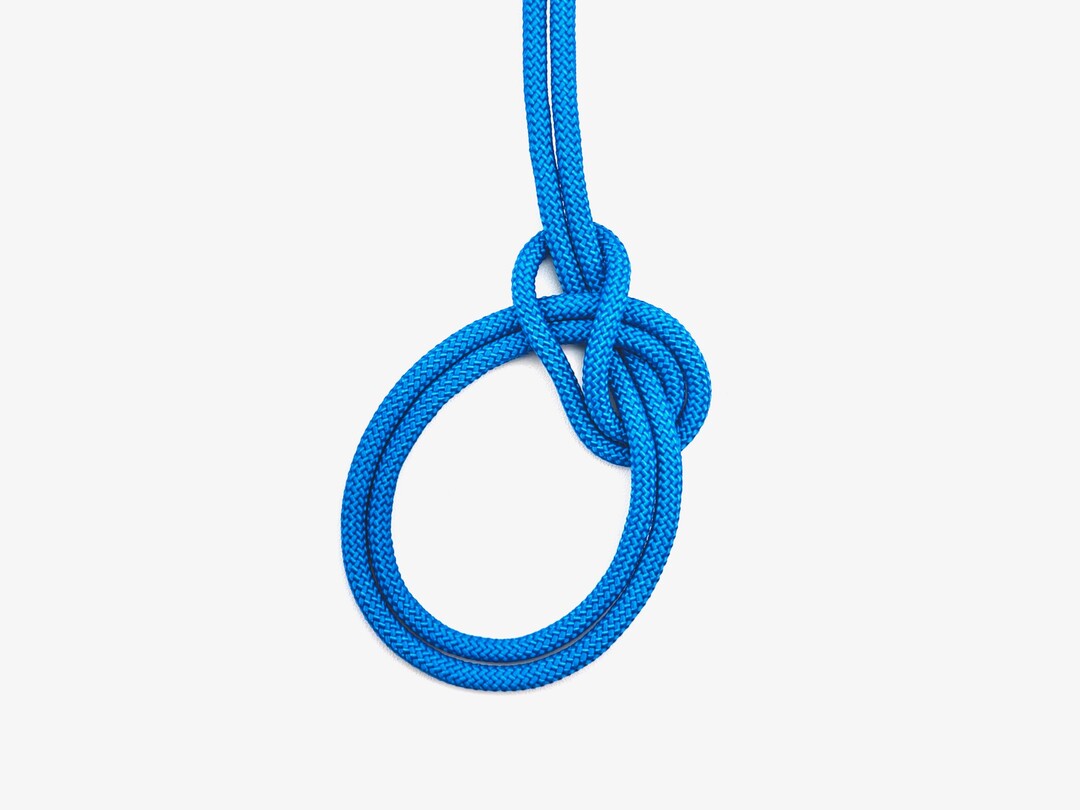
Bowline on the Bight
Creates two secure loops in the middle of a rope.
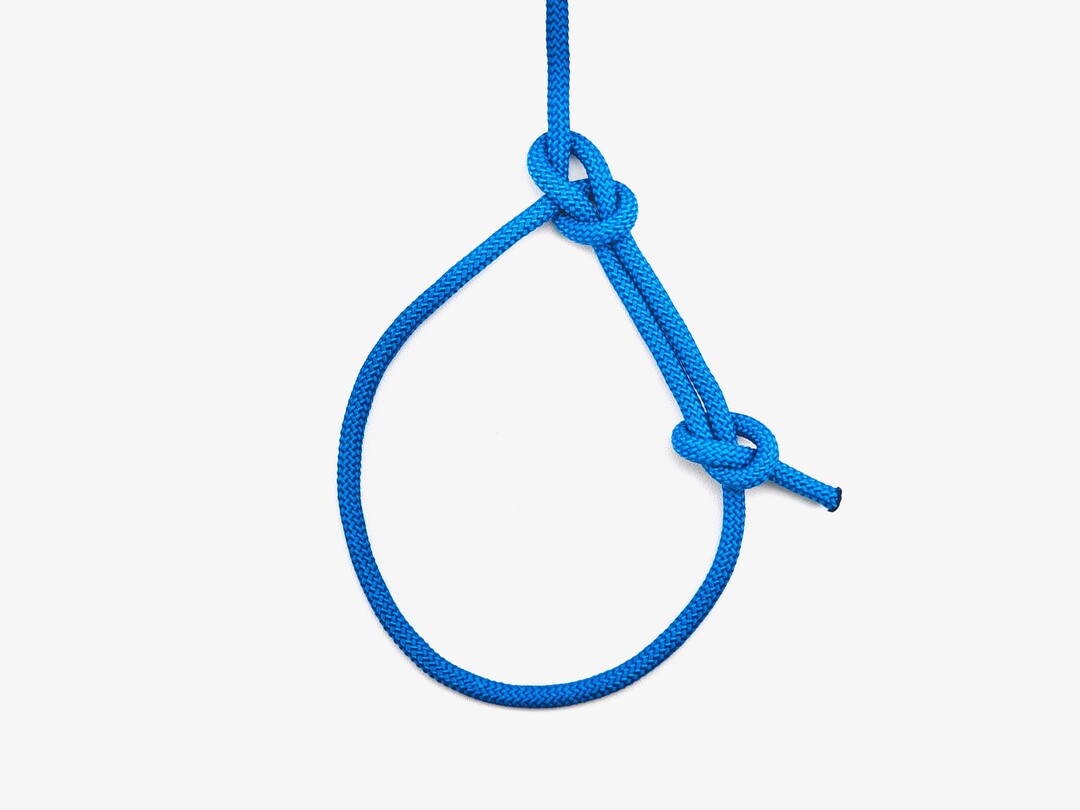
Bowline with Stopper
Secure loop knot with an overhand stopper.
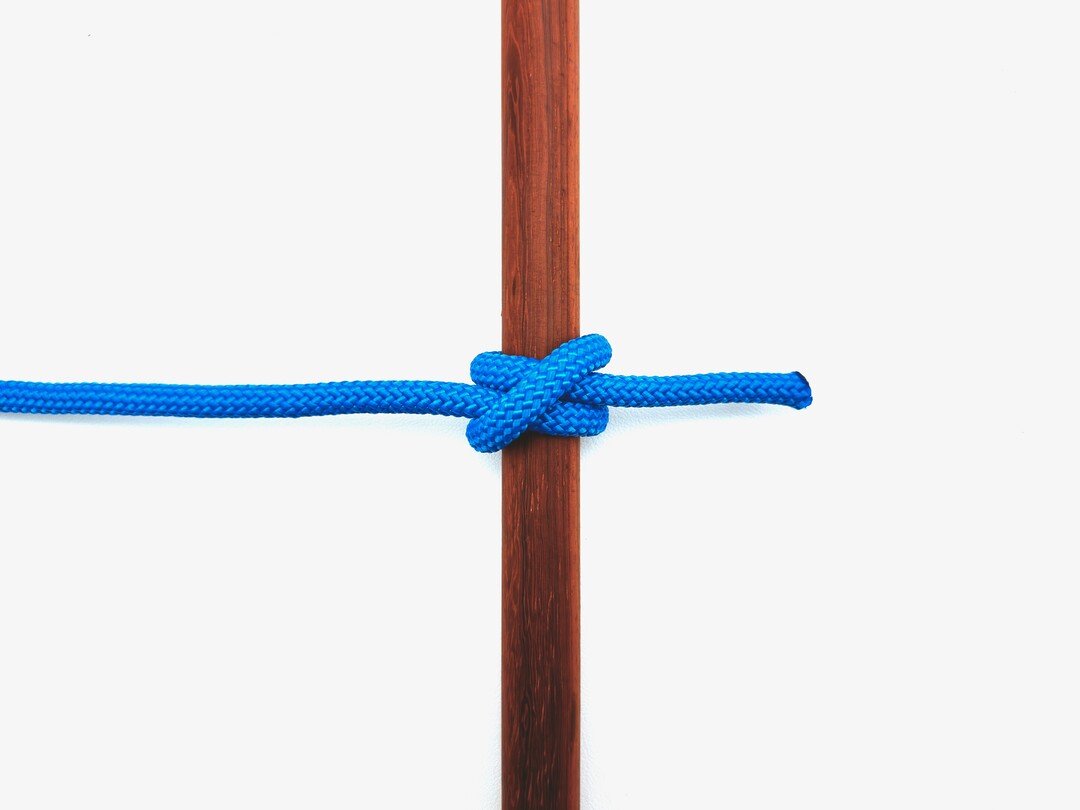
Clove Hitch (Rope End)
Secures ropes to posts or spars in outdoor activities.
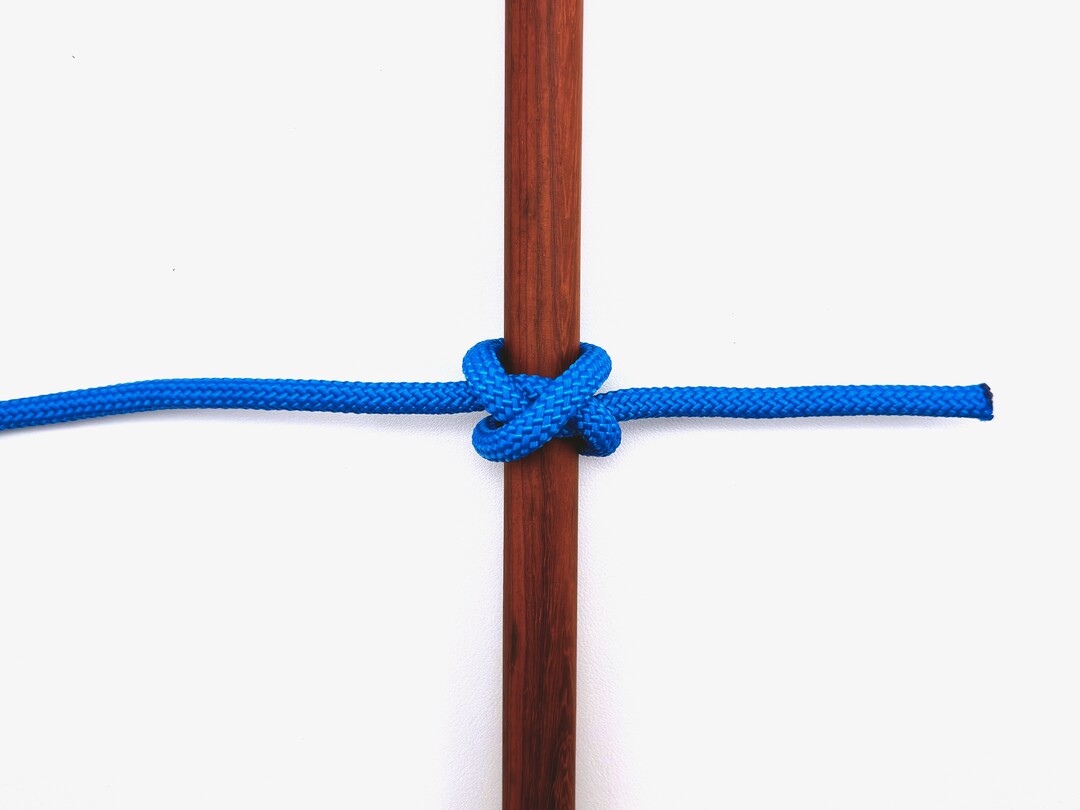
Constrictor Knot (Rope End)
Secure binding for temporary or semi-permanent use.
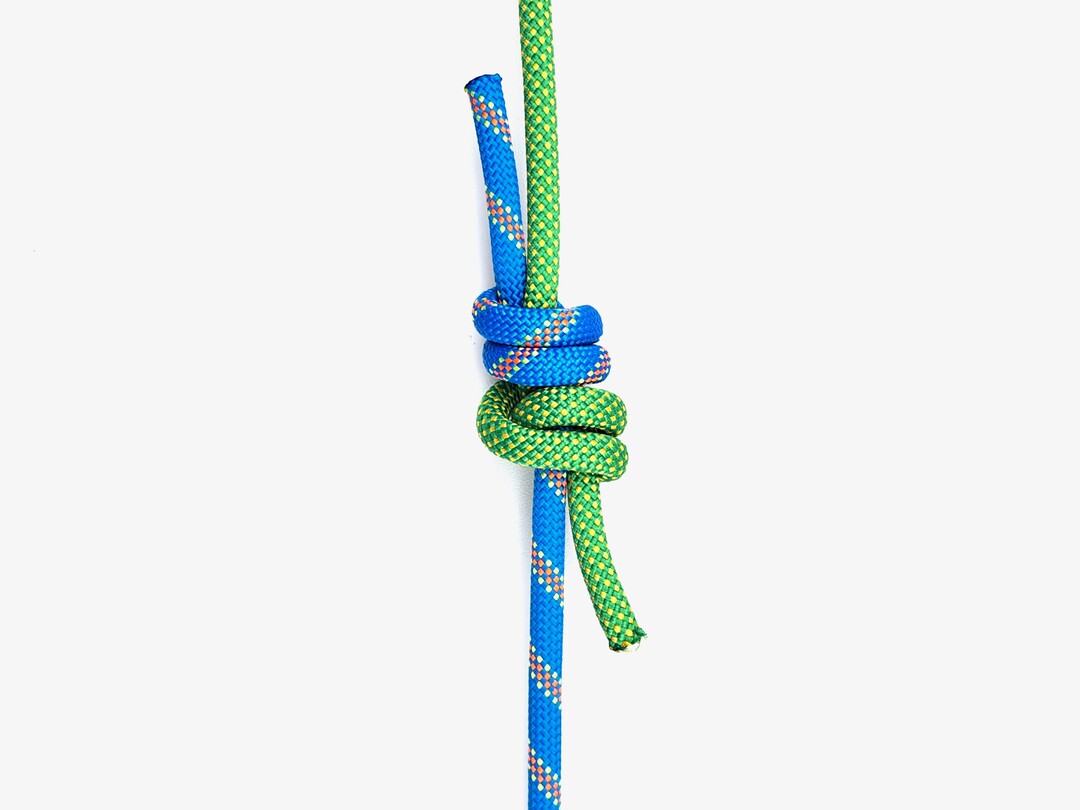
Double Fisherman's Knot
Securely joins two ropes of similar size.
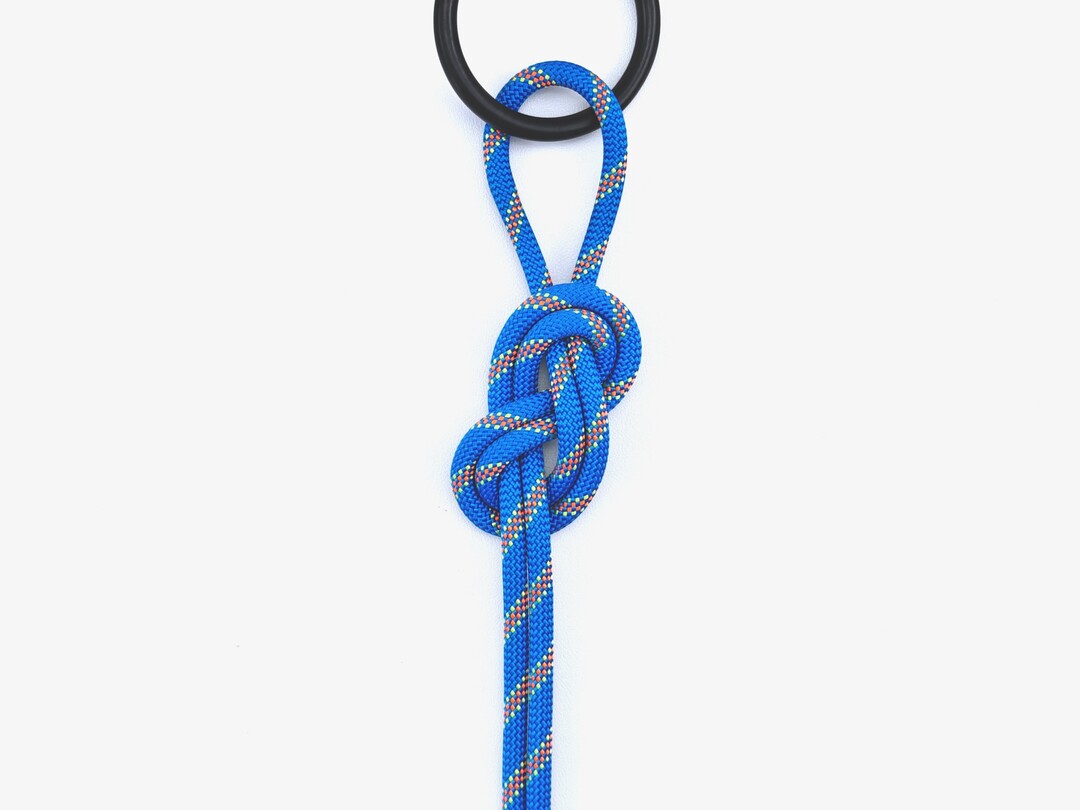
Figure Eight Follow Through
Secures rope to harness or anchor in climbing.
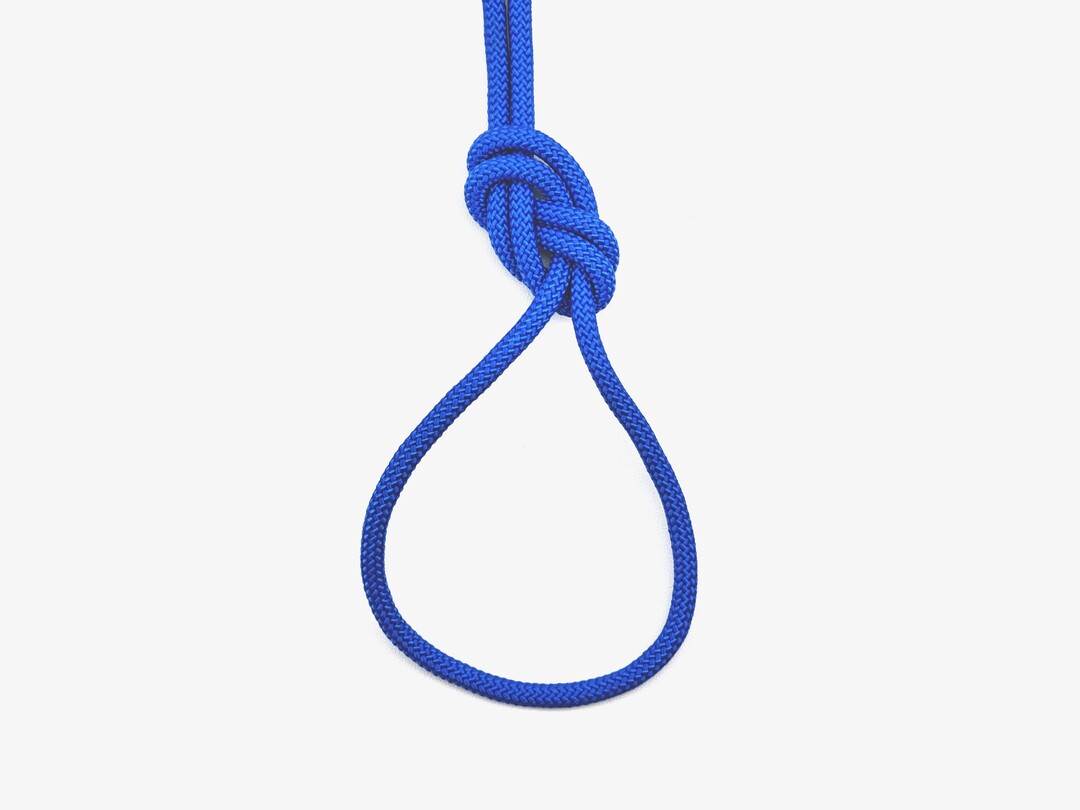
Figure-Eight Loop
Secure loop for climbing and rescue.
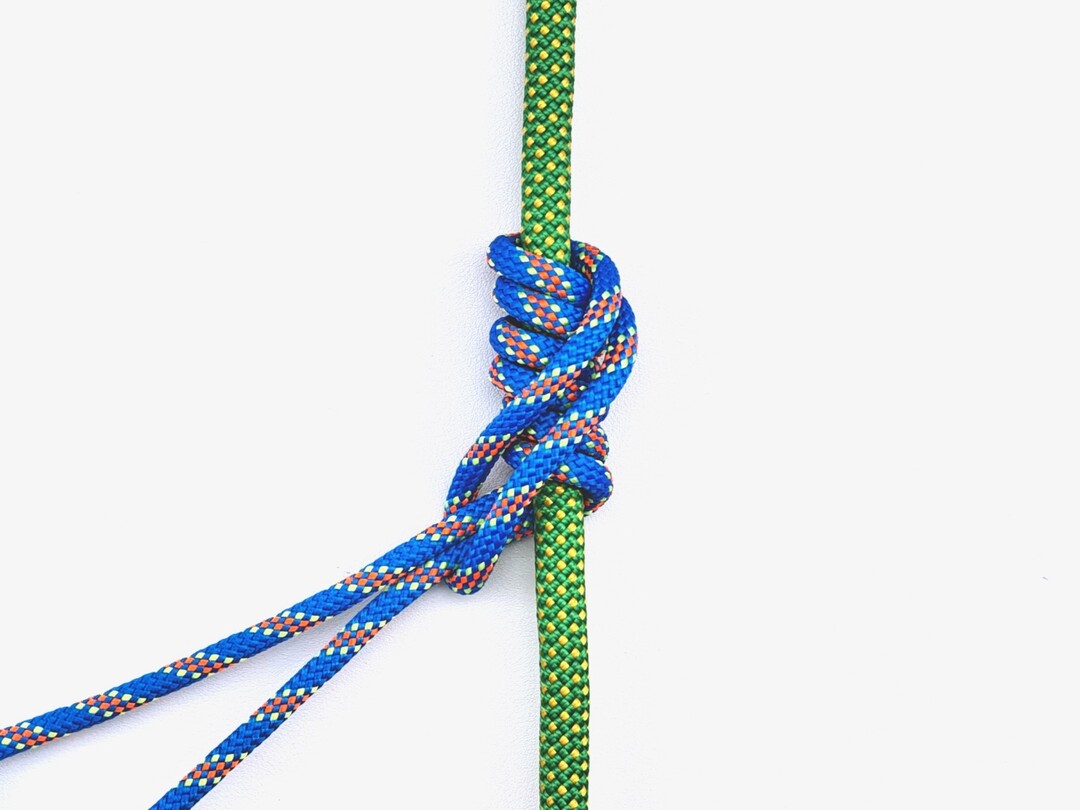
Klemheist Knot
Directional friction hitch for climbing and rescue.
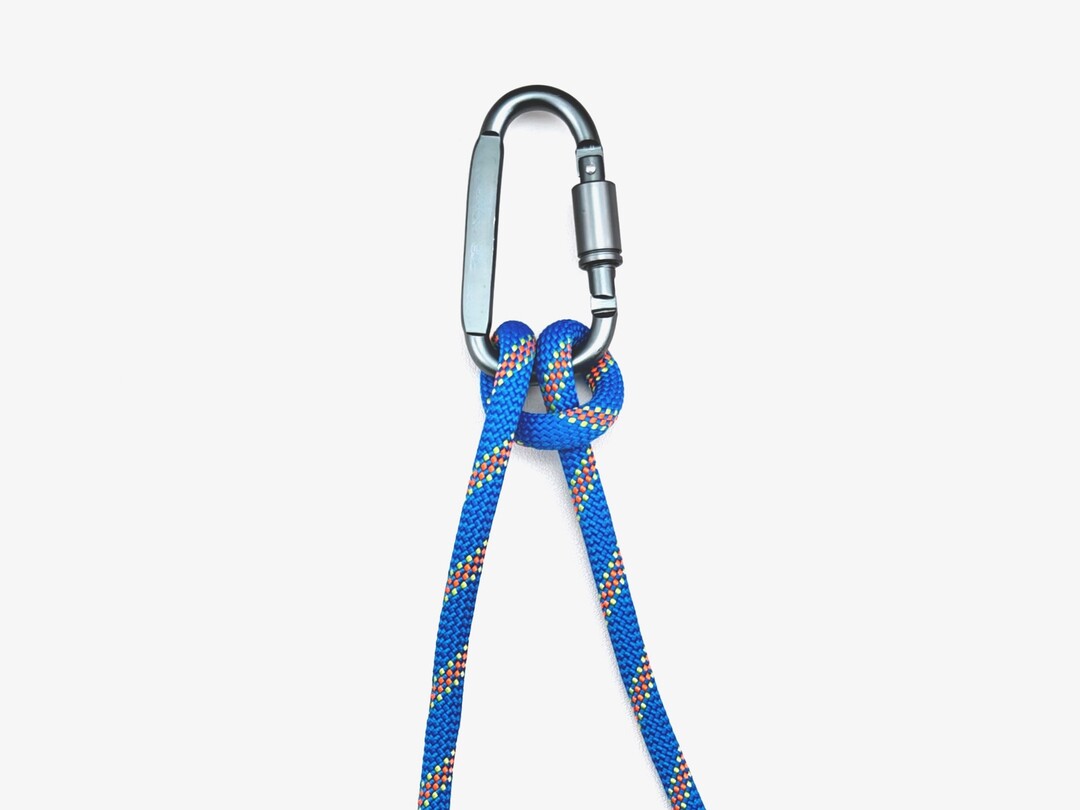
Munter Hitch
Sliding hitch for controlled descents in climbing.
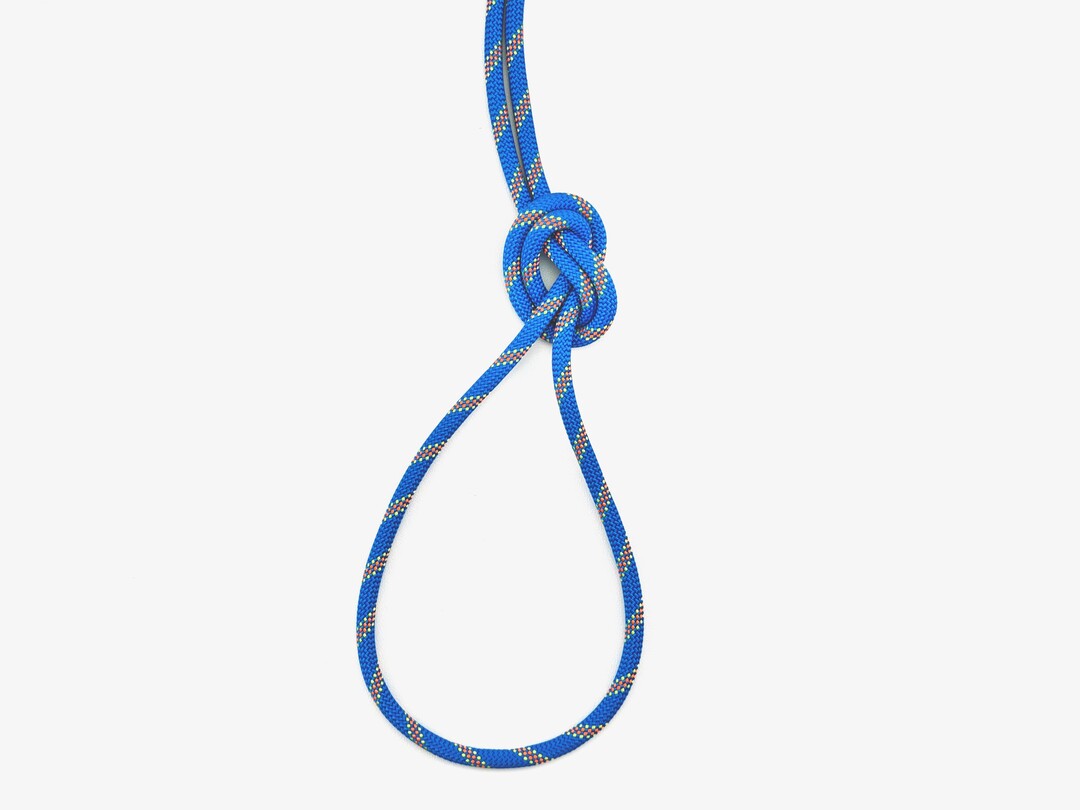
Overhand Loop
Quick fixed loop for non-critical attachments.

Prusik Knot
Friction hitch for climbing and rescue
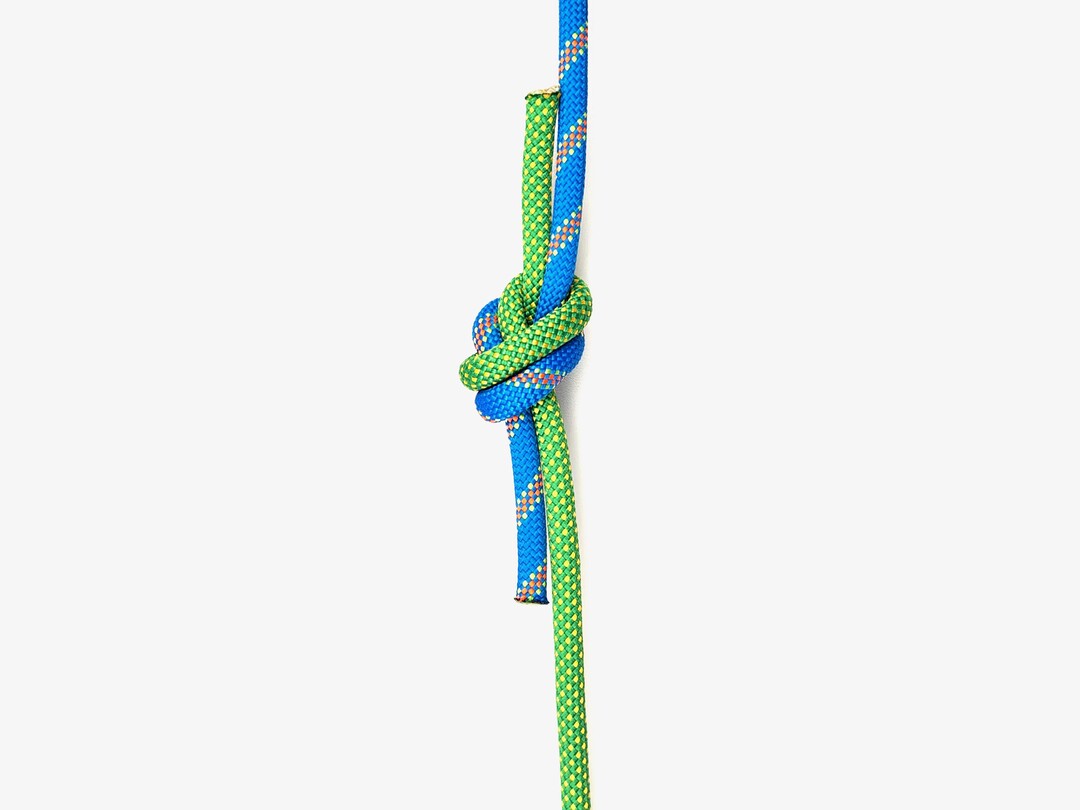
Water Knot
Joins webbing securely for climbing and rescue.
Cave Safety Information
Rope Selection for Caving
- Static ropes are preferred for caving as they have minimal stretch and higher abrasion resistance against rough cave surfaces
- 10-11mm diameter ropes provide optimal balance between strength and weight for most caving applications
- Use ropes with water-resistant treatment that maintain integrity when exposed to prolonged wetness and mud
- Light-colored ropes are preferable as they improve visibility in dark cave environments
- Semi-static ropes with 2-3% elongation provide minor shock absorption while still suitable for SRT techniques
Caving Rigging Guidelines
- Always rig with a primary anchor and safety backup, especially in wet or crumbling cave passages
- Position ropes away from sharp edges, water flows, and falling rock zones
- Use rope protectors at unavoidable contact points with abrasive surfaces
- Regular inspection of knots during progression is essential as mud can hide potential issues
- In especially wet caves, tie knots more tightly as they may loosen when saturated
- Rig high to avoid rope drag through tight passages and water puddles
Underground Safety Practices
- Practice tying all essential knots in darkness using only your helmet light
- Learn to tie knots with cold, wet, and muddy hands to simulate cave conditions
- Carry at least two independent light sources and backup ascender/descender devices
- Always use clean water to rinse mud from critical knots before inspection and loading
- Establish clear communication systems for vertical sections where voice may not carry
- Check weather forecasts for flooding risk before entering caves with active water systems
- Always have a contingency plan for rising water levels or equipment failure
Caving Safety Warning
- Caving involves exceptional hazards including flooding, rock falls, hypothermia, physical exhaustion, and entrapment. This guide is no substitute for formal training and supervision by experienced cavers. Always cave with a team, inform others of your detailed plans including expected return time, and maintain appropriate emergency equipment including first aid and emergency food/water supplies.